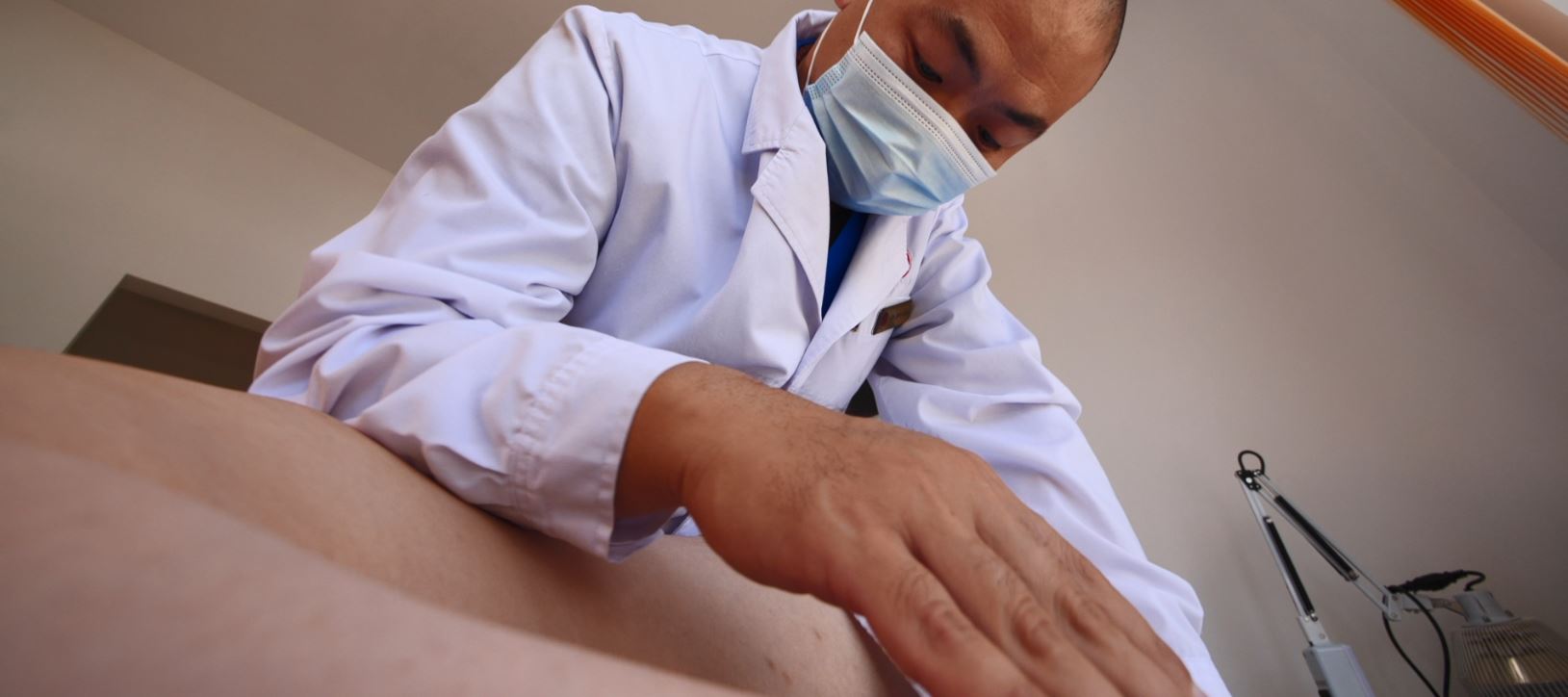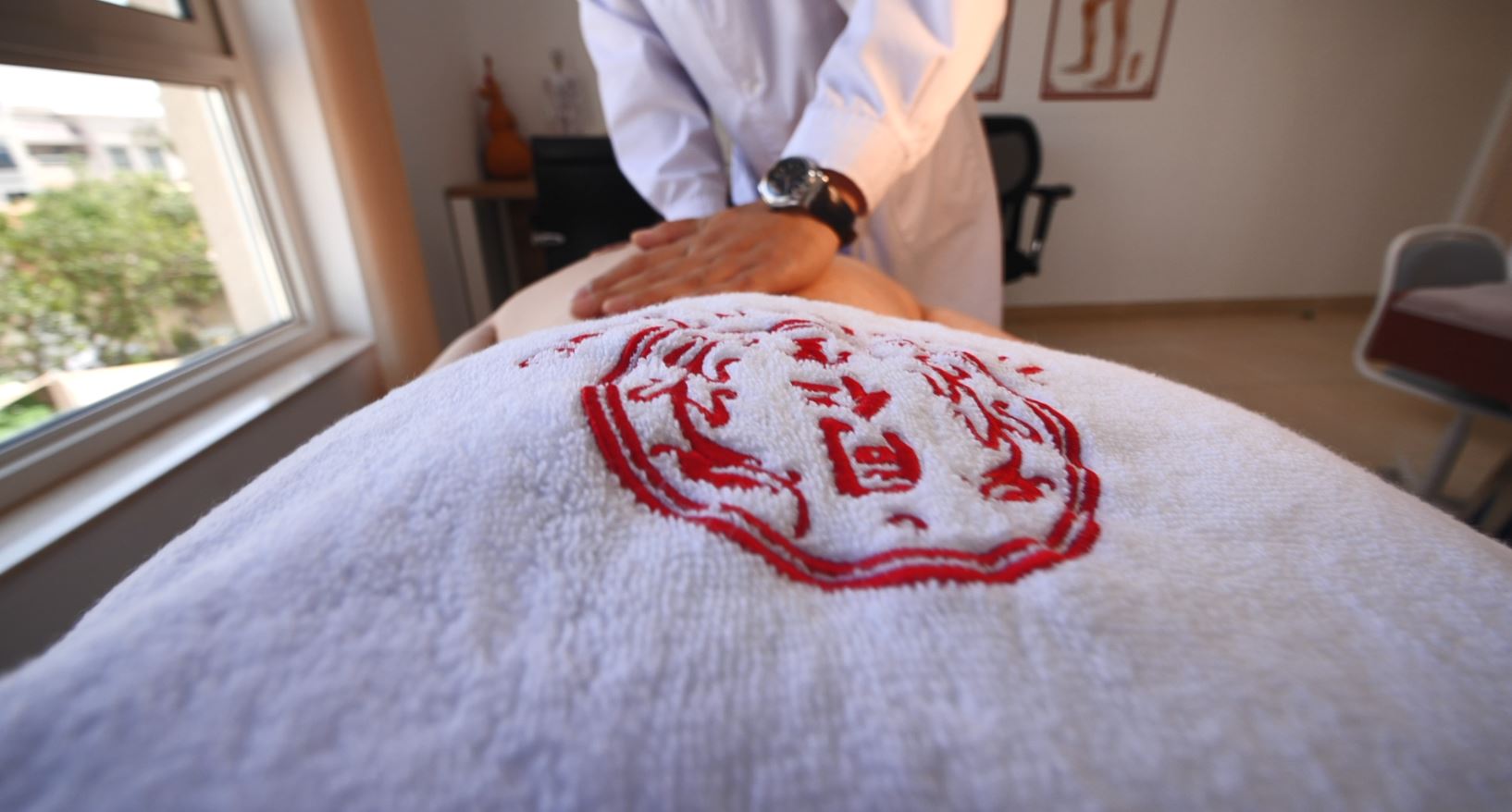Understanding Desk Pain and Its Causes
Desk pain is a common issue faced by many people, especially those who spend long hours in front of computers. The discomfort often manifests in the neck, shoulders, and upper back, primarily due to poor posture and prolonged periods of inactivity. As we lean forward to type or look at screens, our bodies can adopt unnatural positions that lead to tension and strain.
Furthermore, the advent of technology has increased the prevalence of tech-related posture problems. Many individuals find themselves hunched over their devices, which can exacerbate muscle tightness and discomfort. Recognizing these patterns is the first step towards alleviating pain and improving overall well-being.

The Role of TCM in Alleviating Desk Pain
Traditional Chinese Medicine (TCM) offers holistic approaches to address desk pain through various techniques, including acupuncture and massage. TCM emphasizes the balance of energy (Qi) within the body, and it views pain as a blockage of this energy flow. By applying specific massage techniques, practitioners can help release tension and restore the natural flow of Qi, thus alleviating pain.
Massage therapy within TCM often focuses on key areas such as the neck and shoulders, where tension tends to accumulate. By utilizing methods like Tui Na and acupressure, TCM practitioners can effectively target sore muscles and trigger points, providing immediate relief and promoting relaxation. This not only helps in reducing pain but also enhances mobility and enhances overall energy levels.

Practical Tips for Incorporating TCM Massage into Your Routine
Incorporating TCM massage into your daily routine can greatly enhance your comfort while working at a desk. One effective method is to schedule regular self-massage sessions during breaks. Simply taking a few minutes to focus on your neck and shoulders can relieve tension built up from hours of sitting.
Additionally, seeking professional TCM massage sessions can provide deeper relief. A trained therapist can customize treatments based on individual needs and focus on problem areas. For optimal results, consider combining these sessions with exercises aimed at improving posture and strengthening muscles, further reducing the risk of desk-related pain.





